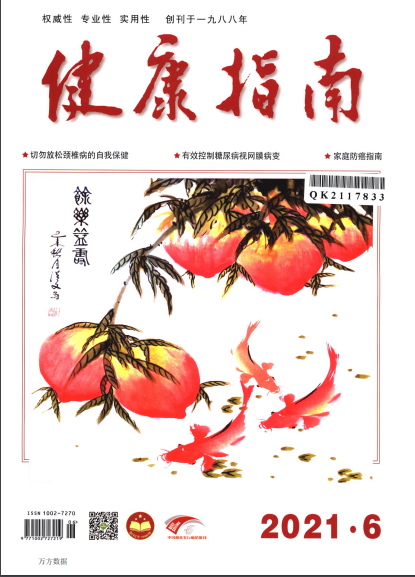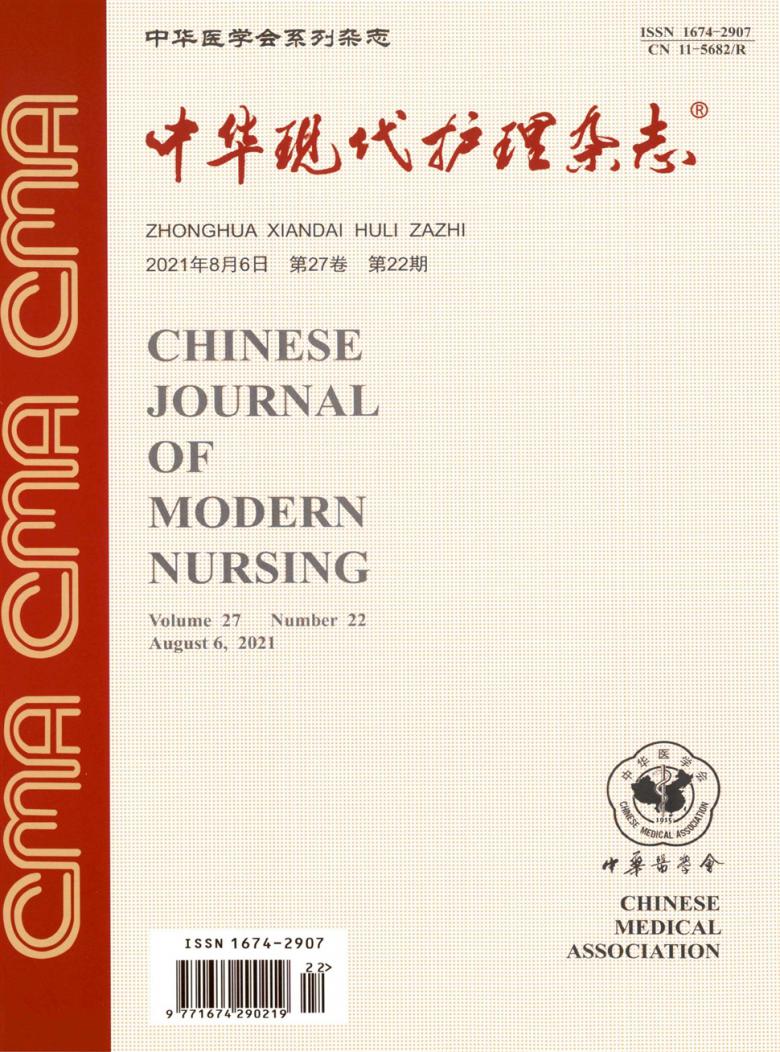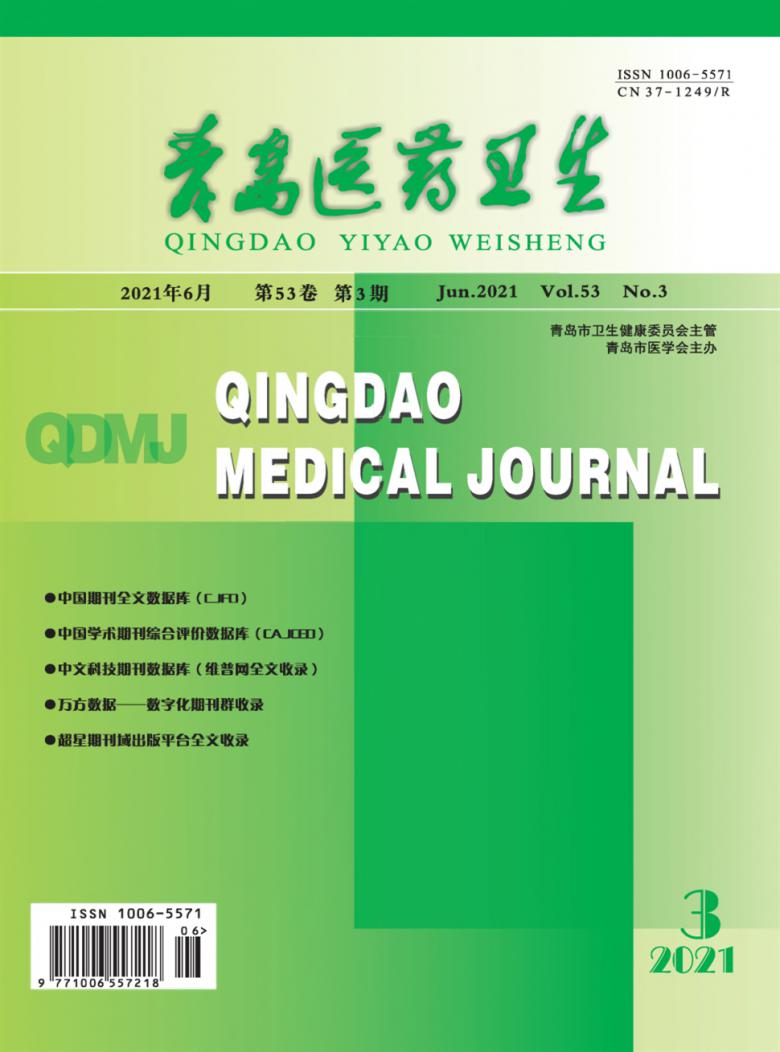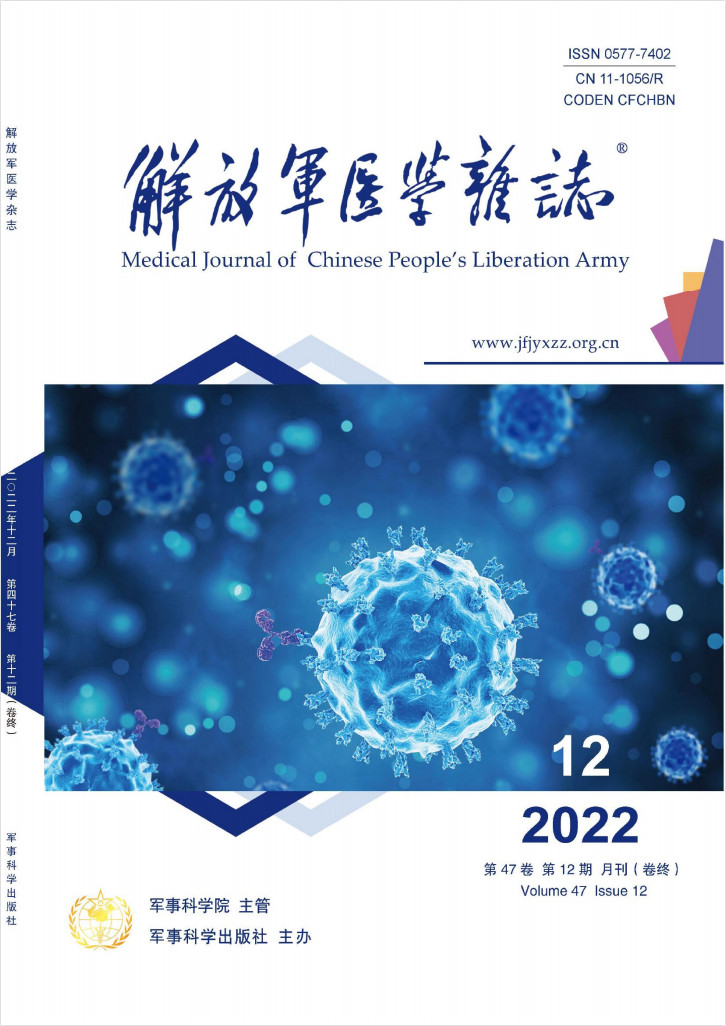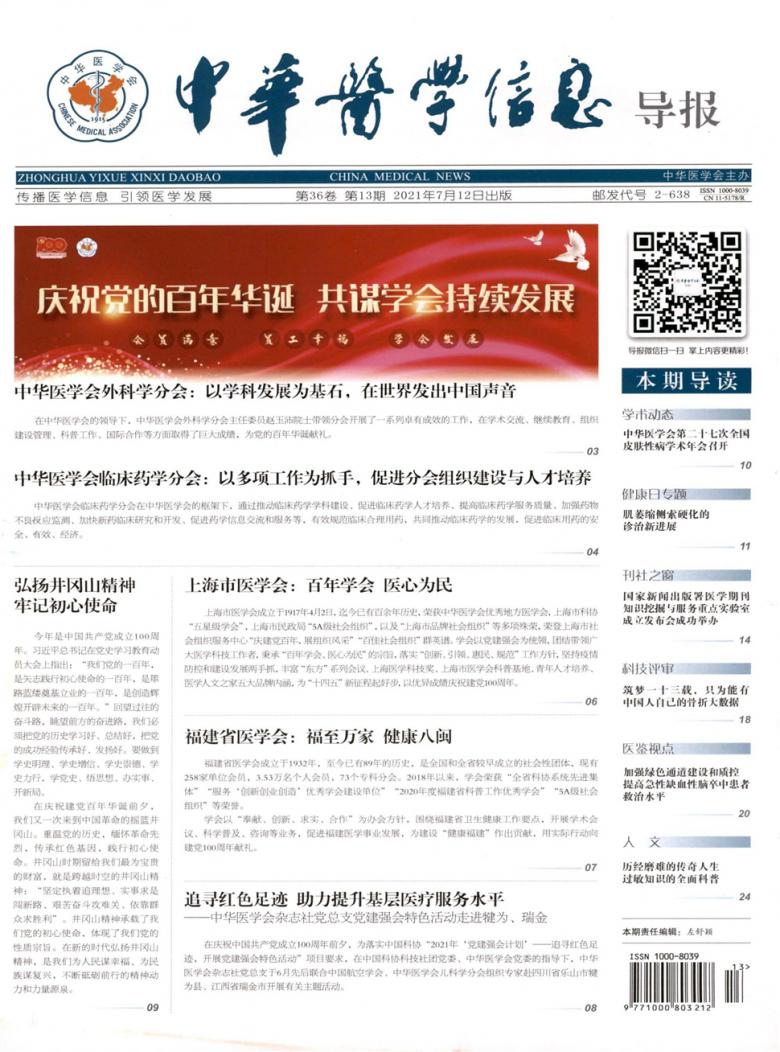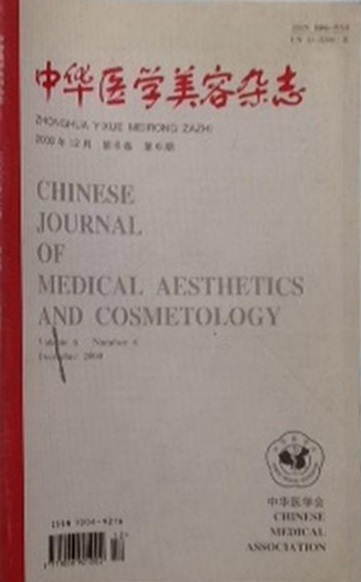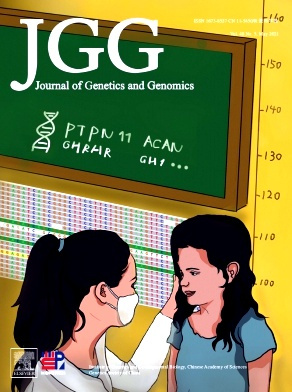
Journal of Genetics and Genomics详细信息
Journal of Genetics and Genomics
Journal of Genetics and Genomics
Journal of Genetics and Genomics投稿要求
Journal of Genetics and Genomics杂志投稿须知:Title pageInclude the following information on this page:? Title The full manuscript title should be succinct, informative and descriptive. The title should include detail for indexing and should be comprehensible for a broad scientific audience. Authors should avoid using nonstandard abbreviations in titles. The title must mention the subject organism (or general group in the case of comparative work). Latin names should be used for all organisms, while common names are allowed for the model systems (rice, maize and yeast).? Author affiliation Include department, institution, and complete address for each author. If there are authors with different affiliations, use superscripts to match authors with different institutions. ? Corresponding author The name, complete address, telephone and fax numbers, and e-mail address of the corresponding author should be provided. ? Manuscript information The numbers of text pages (including references and figure legends), of figures, of tables, and of words in the paper should be provided.? Word and character counts The number of words in the abstract and the total number of characters in the paper should be provided. ? Abbreviation footnote List abbreviations in alphabetical order used five or more times . Define these where first mentioned in the text and do not use them in the title.Abstract and keywords The abstract should stand on its own with no reference to the text. It should contain approximately 200 words and must summarize the questions being addressed, the approach taken, the major findings, and the significance of the results. It should be concise, complete, and clearly communicate the importance of the work for a broad audience. At least three key words (for the purposes of indexing) should be supplied following the abstract.TextAuthors should divide their manuscripts into the following sections: Introduction, Results, Discussion, and Materials and methods. Mark every section and every subsection with serial number, like
1、, 。
2、, 。
3、, and then 1、1、, 1、2、, 1、3 and so on.? Introduction The Introduction should provide the necessary background information for the average reader; it should be both complete and concise. Previous publications that form a basis for the work presented must be cited. Citation of reviews is not a substitute for citing primary research articles. Citation of recent research articles is not a substitute for citing original discoveries. An author’s own work should not be cited preferentially over equally relevant work of others. ? Results The Results should be organized using subheadings to make clear.? Discussion The Discussion should focus on the interpretation rather than a repetition of the Results section. ? Materials and Methods Methods must be described completely enough so that other laboratories can replicate results and verify claims. Generally, standard procedures should be referenced, though significant variations should be described. Appropriate experimental design and statistical methods should be applied and described wherever necessary for proper interpretation of data and verification of claims. All novel materials and the procedures should be described in sufficient detail to allow their reproduction.AcknowledgementsList dedications, acknowledgements and funding support.References Cite references in the text by name and date of publication, but not by number. Authors are expected to proofread every citation in their reference list against the PDF or photocopy of the cited work so that the reference list is accurate with respect to spellings, symbols, italics, and subscripts/superscripts. Only published or in-press papers and books may be cited in the reference list. Citations for web sites (other than for primary literature) should be handled parenthetically in the text and not included in the reference list. Authors should test all URLs and links.It is expected that all cited publications have been read and determined to be appropriate by the authors, not merely identified by database searches. Reference to specific results should be to original research articles, not to more recent articles or reviews.A reference manager software, Endnote, Reference Manager or other similar software, is suggested to be used. Then spelling errors and fault information can be avoided. The reference format is the same as Developmental Biology.
Journal of Genetics and Genomics统计分析
影响因子:指该期刊近两年文献的平均被引用率,即该期刊前两年论文在评价当年每篇论文被引用的平均次数
被引半衰期:衡量期刊老化速度快慢的一种指标,指某一期刊论文在某年被引用的全部次数中,较新的一半被引论文刊载的时间跨度
他引率:期刊被他刊引用的次数占该刊总被引次数的比例用以测度某期刊学术交流的广度、专业面的宽窄以及学科的交叉程度
引用半衰期:指某种期刊在某年中所引用的全部参考文献中较新的一半是在最近多少年时段内刊载的
平均引文数:在给定的时间内,期刊篇均参考文献量,用以测度期刊的平均引文水平,考察期刊吸收信息的能力以及科学交流程度的高低
热门评论
去国庆前一个礼拜投的,国庆期间就收到了编辑部发来的退修通知,当时的心情很是激动,然后就认真修改,编辑部的人态度依然特别的好,返修后,大概不到一个月的时间复审结束,终审2天修改了稿件格式,之后录用,Journal of Genetics and Genomics杂志真赞,Journal of Genetics and Genomics杂志的工作人员效率真心高,谢谢Journal of Genetics and Genomics杂志,谢谢编辑及所有Journal of Genetics and Genomics杂志的工作人员!
很快送外审,外审专家提了一些意见。这次投稿过程顺路且迅速,自己也没想到效率这么高,不过见刊就要长点时间了,Journal of Genetics and Genomics编辑老师挺好,有疑问可以打电话给编辑老师。
从投稿到录用大概30天的样子,其中有一篇还经历了今的国庆节。总的感觉是很顺。编辑部很负责,超级敬业,邮件回复速度快,非常建议大家投稿!!!
投稿之后,编辑部能及时提供反馈信息。编辑传递修改信息给作者非常清晰,只需要按照其要求修改即可。
这是本人的第一篇Journal of Genetics and Genomics文章,开心之余也有点小遗憾,如果当时静下心来深入分析,会有更好的结果。感谢尊敬的导师和可爱的师兄弟们。希望自己后面可以静下心来,更深入的做研究,冲击更高水平期刊。
8月底投稿,9月开始外审,9月19号回来一个,9月24号回来一个,两个意见都是修改后录用,但是给的终审意见是修改后再审,不过修改提交后,立刻就有结果说录用了。
心仪了很久都没下手,终于搞活动了,毫不犹豫就买的,很划算,很满意哈,Journal of Genetics and Genomics很不错哈,是正版哈,还没拆开,下次再来哈。
Journal of Genetics and Genomics杂志审稿人给出的意见虽然比较基础、专业,回答起来还是比较容易。感觉这个杂志要求还是很高的,只要做的东西有新意,接受的概率还是挺大。望杂志越办越好!
Journal of Genetics and Genomics比较注重文章的创新点和理论实际的结合。他们的投稿要求一定要认真看,写的非常详细,简直就是导师了。然后在他们网站上看看之前收录的文章,就知道该怎么写、写什么内容了。这样就比较容易中啦。
目前期刊接受率还挺高。Journal of Genetics and Genomics杂志的工作效率还是不错的,正常情况都能在规范时间内完成所有程序。审稿人都比较专业,水平还是有的,针对论文提的问题很到位,编辑也比较耐心。非常不错的期刊
相关问题
- Journal of Genetics and Genomics是正规期刊吗?
- Journal of Genetics and Genomics是什么级别的期刊?是核心期刊吗?
- Journal of Genetics and Genomics评职称可以吗?单位认可吗?
- Journal of Genetics and Genomics是北大核心吗?是中文核心吗?
- Journal of Genetics and Genomics是科技核心吗?
- Journal of Genetics and Genomics是统计源核心吗?
- Journal of Genetics and Genomics是南大核心CSSCI吗?
- Journal of Genetics and Genomics是CSCD期刊吗?
- Journal of Genetics and Genomics是国家级期刊吗?
- Journal of Genetics and Genomics是SCD期刊吗?
- Journal of Genetics and Genomics是国家新闻出版署第一批、第二批学术期刊吗?
- Journal of Genetics and Genomics好投吗?Journal of Genetics and Genomics简介
相关期刊
更多常见问题
| Q:论文发表的时候可以一稿多投吗? |
| A:一稿多投的行为是典型的学术不端的行为,是国内外学术界都明令禁止的行为,原因主要在于涉及到文章版权归属的问题,如果作者的文章已经被某个杂志社录用,或者同时被两家杂志社录用,就会涉及到版权纠纷,作为杂志社都会保护本社的合法权益,到这时作者就会比较麻烦,吃官司都是小事儿了,被打入黑名单降级降职影响可就太大了。 |
| Q:职称论文发表对时间有限制吗? |
| A:职称论文发表并没有明确规定截止时间,需要作者结合自己所在地区的具体规定自己安排发表时间,一般职称评审,各地区都会明确规定申报材料的最后期限和截止日期,我们结合这个日期来考虑何时发表文章就可以,大部分地区职称评审都集中在每年的8-10月之间,有的地区要求7月中旬开始交材料,最晚8月底之前,有的则是要求8月中旬交,还有部分地区要求截止时间为申报时间上年的12月31日,所以,各个地区的具体要求并不同,申报者需要在提交材料前确保自己的文章已经见刊并且被相应的数据库检索即可。 |
| Q:网上发表论文如何防骗?可靠网站与可疑网站如何区分? |
| A:由于发表论文的需求远远多于杂志版面的供应,再加上众所周知的审稿难!审稿慢!选择论文发表网站发表表论文确实能解决以上问题。卖方市场的出现加之发表论文的刚性需求,就导致出现先付款后发表的现状。论文发表网站正规与否是通过网站从始至终所提供服务体现出来的,任何交易只要存在时间差都会有风险,但这个风险是可以通过您的智慧来避免的。因为不是所有论文网站都是骗子,你要做的就是过滤掉没保障的网站,选择可靠的论文发表网站! |
| Q:一般期刊需要提前多久准备? |
| A:省级、国家级期刊建议至少提前6个月准备。一般来讲,杂志社为了确保每期杂志正常出刊,都会提前将当期之后1-3个月的稿件提前安排好,而一些创刊较早,认可度更高的热门期刊,来稿量较大,发表周期可能就会更久。提前准备,意味着杂志的可选择性更多。 |
| Q:核心期刊需要提前多久准备? |
| A:核心期刊建议至少提前12个月准备,核心期刊正常的审稿周期为1-3个月,且审核严格,退稿、返修几率更大,这意味着在流程上耗费的时间更久,且核心期刊版面有限,投稿竞争更加激烈,即使被录用,排刊也比普通期刊晚很多,因此需要更早准备。 |
